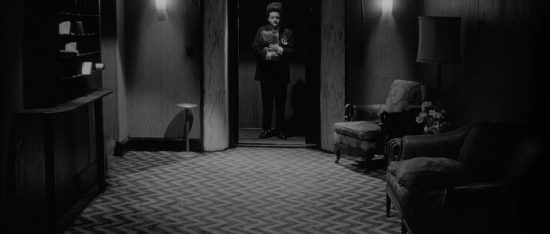Video Essay – Lynchian Neo-realism: Beyond Dreams and Reality
D.M. put together this fascinating video essay about the neo-realism in the works of David Lynch.
This is what D.M. had to say about it:
Far from the surreal content and atmosphere of his movies, what marks the singularity of the Lynchian Neo-realism is Lynch’s ability to delicately thread images together according to a loose dream-logic that repeatedly melts the actual and the virtual image – and vice versa – beyond discernibility.
Whereas the surrealist façade of some of Lynch’s flicks – like the avant-garde series Rabbits (2002) – might sometimes obscure the presence of this dream-logic, most of his body of work corresponds to varying shapes of the crystal-image.
While early Lynchian Neo-realism – like the cult classic Eraserhead (1977) and The Grandmother (1970), which tells the story of a boy that grows a grandmother from a seed – unfolds as a dying seed-image, Lynch’s later fascination with the thematic of doppleganging – notably in Lost Highway (1997) and Mulholland Drive (2001) – gradually transforms his style into a coalescence between the seed-image and the mirror-image.
The dream-logic of the Lynchian Neo-realism culminates in the genesis of two separate but infinitely intertwined dimensions – those of dreams and reality. In Lynchian Neo-realism dreams make reality, but reality is already a dream. In this dream-logic, the story never begins or ends – it only ‘becomes’.
Lynchian Neo-realism continuously moves in and out of dreams and reality, leaving only scarce evidence that a shift has even occurred: red curtains, zig-zag stripes and a lot of violently blinking lights.
Lynchian Neo-realism: Beyond Dreams and Reality from D. M. on Vimeo.










